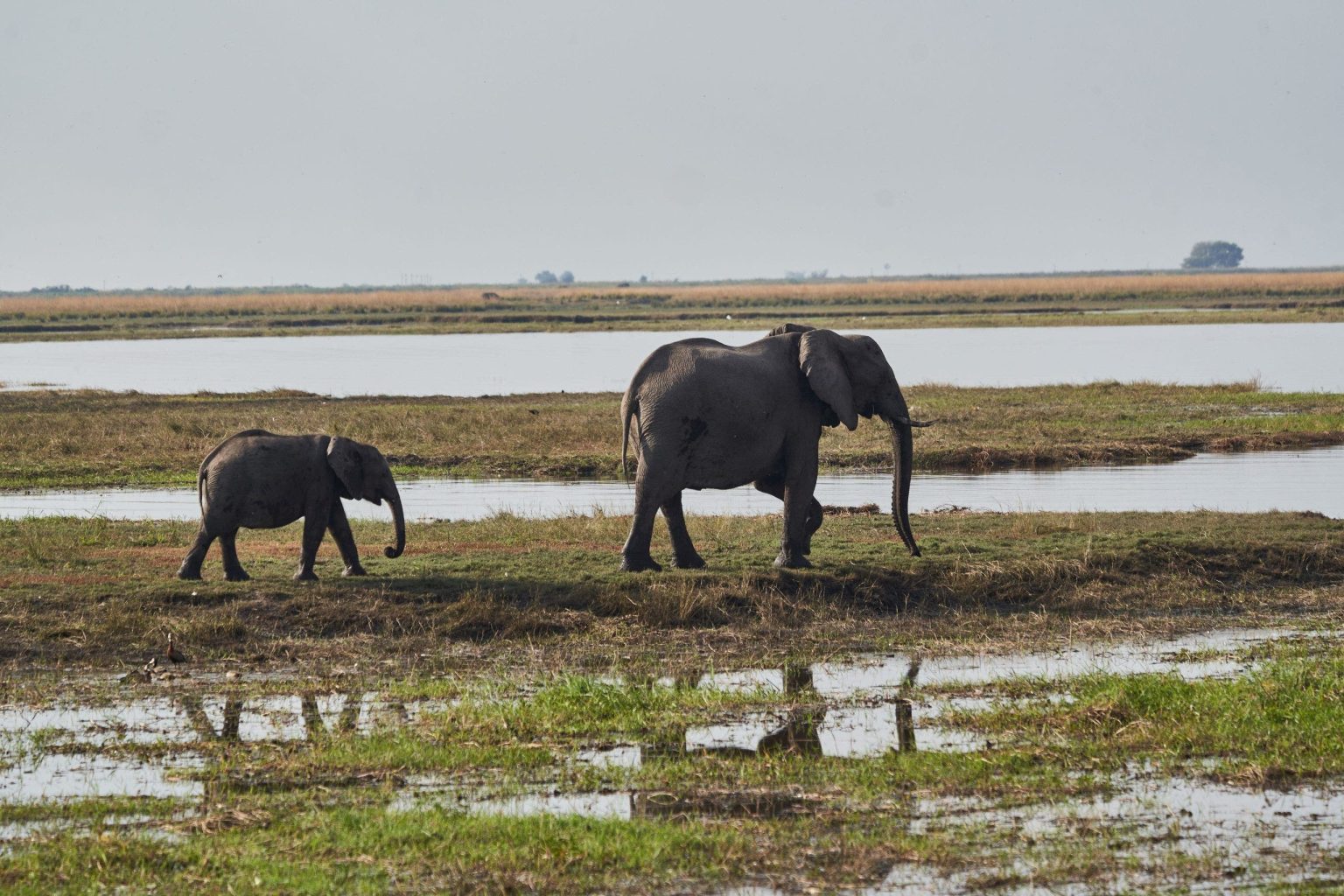Namibia is planning to cull 723 wild animals, including 83 elephants, in order to distribute the meat to people who are struggling to feed themselves due to a severe drought across southern Africa. The cull will take place in parks and communal areas where authorities believe animal numbers exceed available grazing land and water supplies. Southern Africa is currently facing its worst drought in decades, with Namibia having exhausted 84% of its food reserves last month and nearly half of the population expected to experience high levels of food insecurity in the coming months.
With the severe drought leading to increased human-wildlife conflicts, the environment ministry believes that intervention is necessary. In order to address this issue, 83 elephants from identified conflict areas will be culled and the meat will be allocated to the drought relief program. Additionally, Namibia plans to cull 30 hippos, 60 buffalo, 50 impala, 100 blue wildebeest, 300 zebra, and 100 eland. Already, 157 animals have been hunted by professional hunters and companies contracted by the government, yielding over 56,800 kilograms of meat.
The environment ministry stated that the culling exercise is necessary and is in line with the constitutional mandate of using natural resources for the benefit of Namibian citizens. The region where the culling will take place is estimated to be home to over 200,000 elephants spread across five southern African countries – Zimbabwe, Zambia, Botswana, Angola, and Namibia. Last year, hundreds of elephants died in Botswana and Zimbabwe due to the drought, highlighting the urgent need for intervention in managing the wildlife population.
The severe drought and food shortages in southern Africa have prompted Namibia to take action to address the human-wildlife conflicts that are expected to increase in the region. By culling excess animal populations, including elephants, the country aims to provide much-needed meat to those facing food insecurity due to the ongoing drought. The distribution of meat from the culling is part of the drought relief program and is seen as a way to utilize natural resources for the benefit of the Namibian population.
The culling exercise in Namibia comes as a response to the widespread food shortages caused by the severe drought in the region. With nearly half of Namibia’s population expected to experience high levels of food insecurity in the coming months, the government is taking steps to mitigate the impact by culling excess wildlife populations. The environment ministry believes that the intervention is necessary to prevent further human-wildlife conflicts and to ensure that natural resources are used for the benefit of those in need.
As Namibia moves forward with its plans to cull 723 wild animals, including elephants, hippos, and buffalo, and distribute the meat to those in need, the country is addressing the immediate challenges posed by the severe drought in southern Africa. By taking action to manage wildlife populations and provide food relief to the most vulnerable, Namibia is working to alleviate some of the social and environmental impacts of the ongoing crisis. The culling exercise is a complex and controversial response to a complex and urgent situation, highlighting the difficult decisions that authorities must make in the face of natural disasters and food insecurity.


